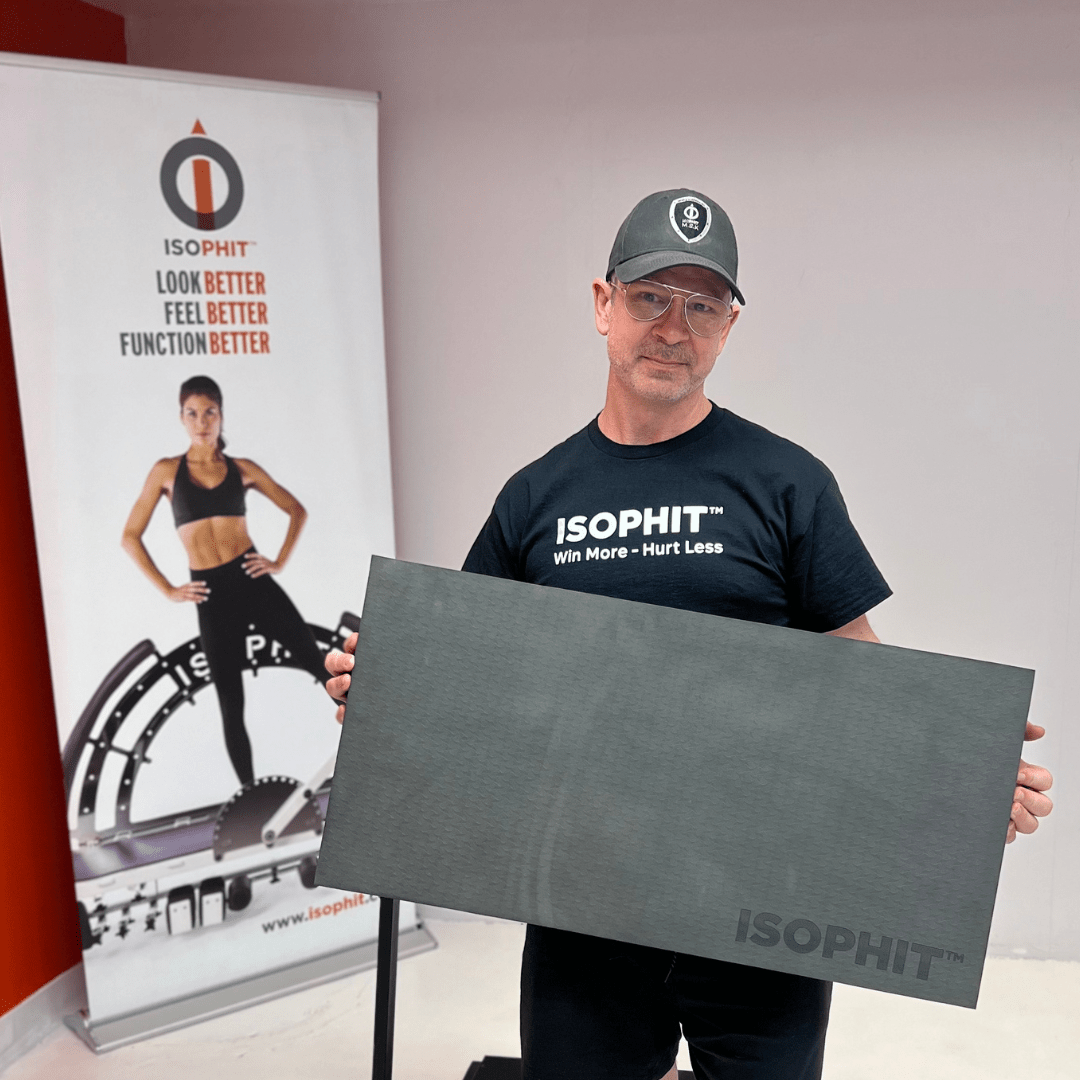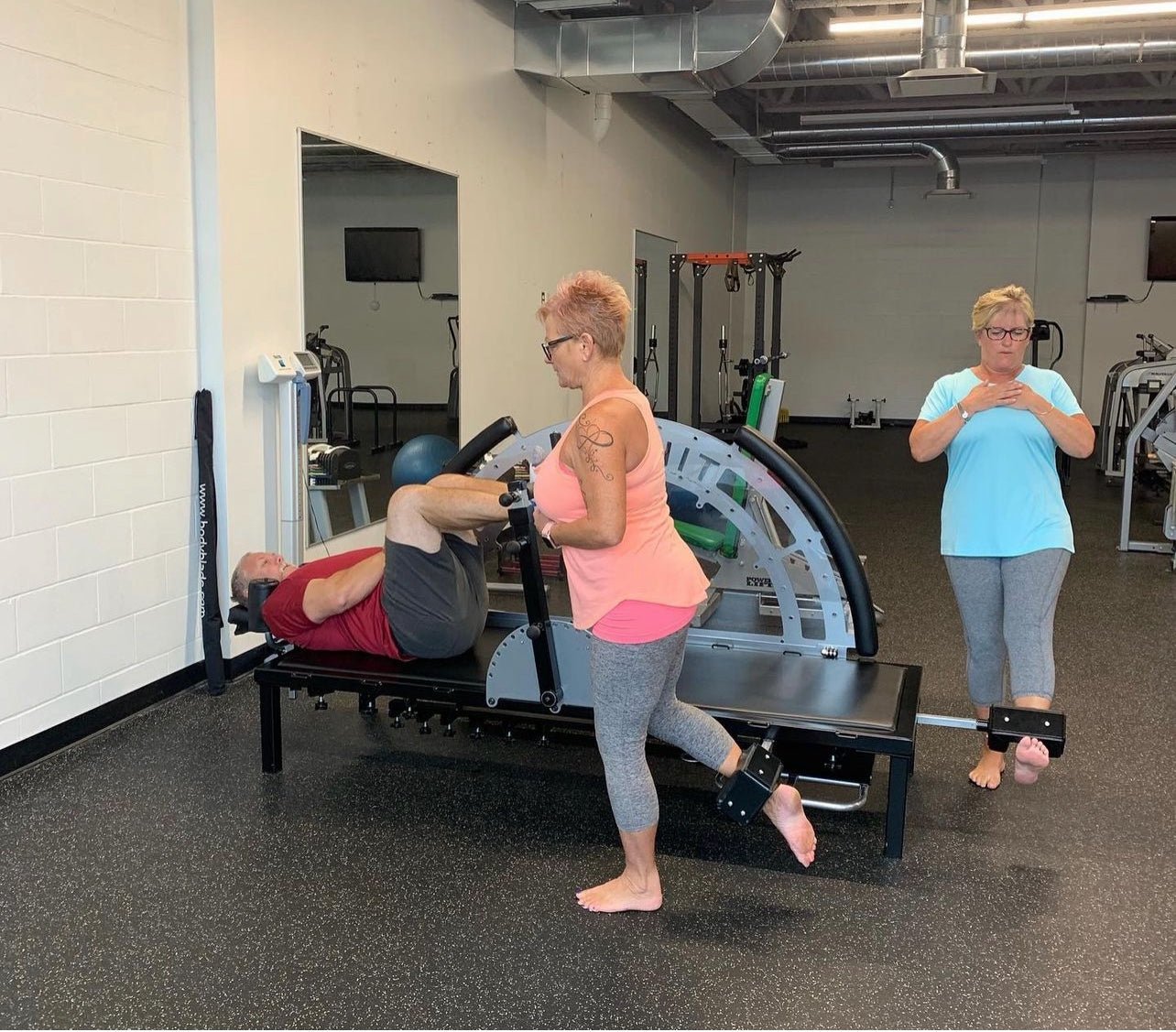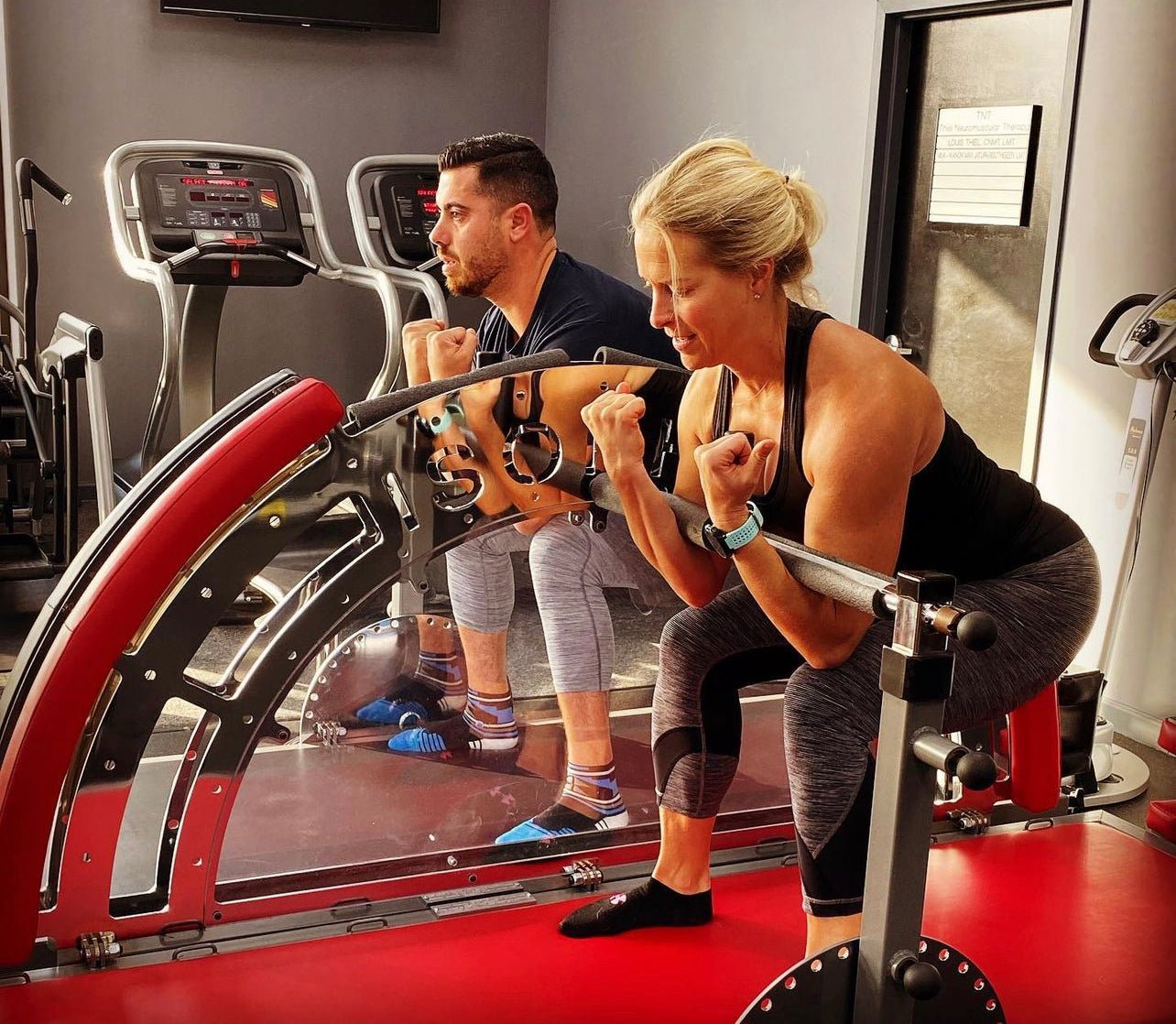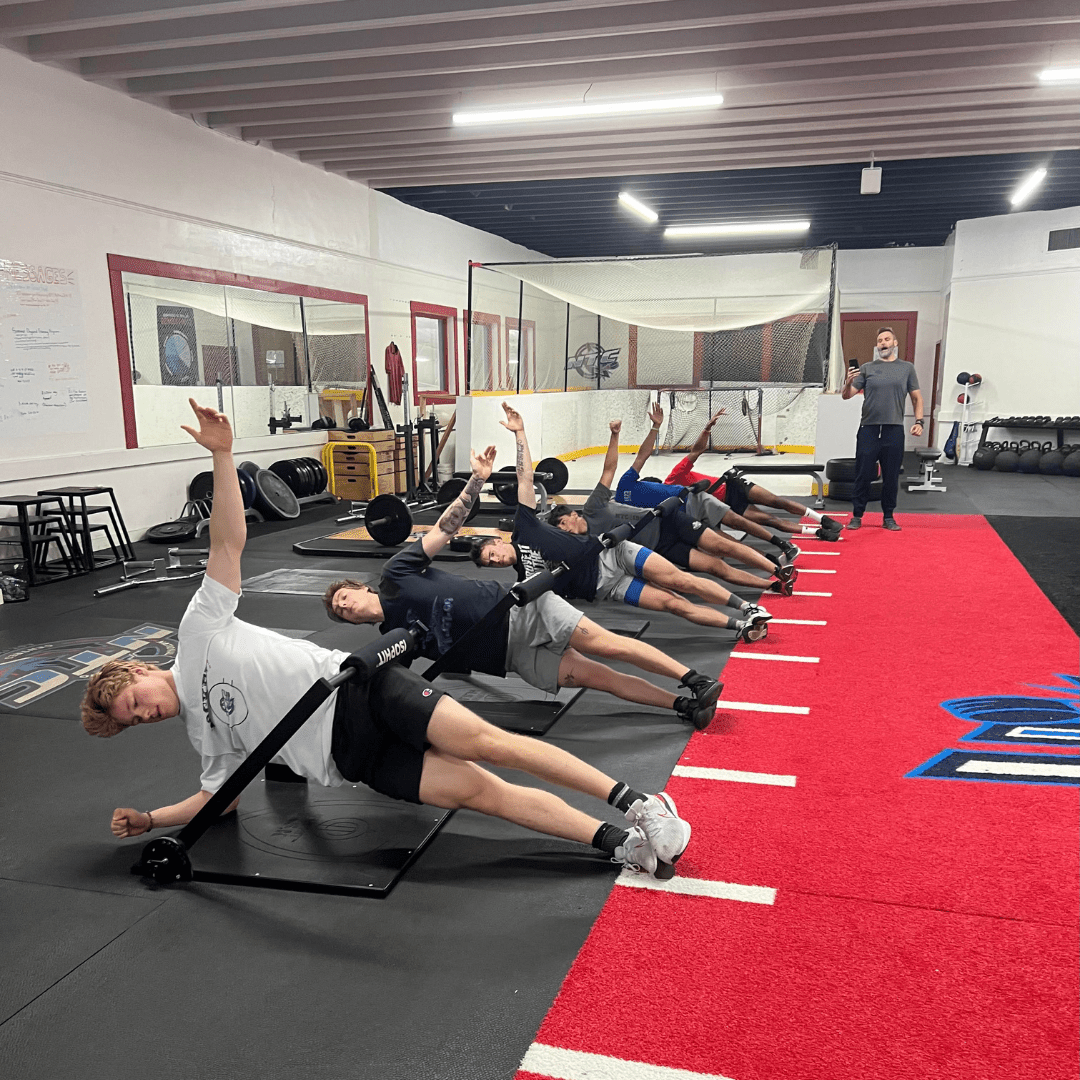Chronic ankle instability (CAI) is a pervasive issue affecting athletes, fitness enthusiasts, and individuals recovering from injuries. It often results from repeated ankle sprains, leading to joint instability, neuromuscular deficits, and a heightened risk of further injuries. A recent study published in the American Journal of Sports Medicine by Labanca et al, sheds light on the implications of CAI beyond the ankle, highlighting its effects on the knee's muscular strength and control.
Key Findings: Chronic Ankle Instability and Knee Function
The study compared 15 participants with unilateral CAI to 15 healthy controls, focusing on the maximal and submaximal isometric strength of knee flexor and extensor muscles. Here are the critical insights:
-
Reduced Maximal Isometric Strength:
-
Individuals with CAI demonstrated significantly lower knee flexor strength in the injured limb at both 30° and 90° of knee flexion compared to healthy controls.
-
This indicates weakened muscle output in affected individuals, potentially compromising joint stability and increasing injury risk.
-
Decreased Strength Steadiness and Accuracy:
-
Both the injured and non-injured limbs in CAI individuals exhibited poorer steadiness (higher coefficient of variation) and accuracy (higher absolute error) during submaximal isometric contractions.
-
This deficit highlights impaired neuromuscular control, even in limbs that might appear unaffected.
-
Impact on Proximal Joints:
-
While the ankle is the primary site of instability, these findings suggest a ripple effect, with proximal joints such as the knee experiencing neuromuscular and strength deficits. This phenomenon underscores the systemic nature of CAI's impact.
Implications for Rehabilitation and Performance
The observed abnormalities in knee function among individuals with CAI emphasize the importance of addressing the entire kinetic chain in rehabilitation and performance programs. Specifically, enhancing isometric strength and control in both the ankle and proximal joints, such as the knee, is crucial.
The Solution: Isometric Strength Training with Isophit
Isophit, provides a powerful solution for individuals with CAI and those at risk of injury. By focusing on isometric exercises, Isophit helps:
-
Target Weaknesses in Knee and Ankle Muscles:
-
Isophit's ability to deliver precise and sustained isometric contractions makes it ideal for rebuilding maximal isometric force production in the knee flexors and extensors, and throughout the entire body.
-
Enhance Neuromuscular Control:
-
Isometric training improves steadiness and accuracy of muscle activation, addressing the neuromuscular deficits identified in the study.
-
Mitigate Injury Risk:
-
Strengthening the entire kinetic chain reduces the likelihood of future injuries by improving joint stability and movement efficiency.
-
Adaptability for All Fitness Levels:
-
Whether for athletes, fitness enthusiasts, or individuals undergoing rehabilitation, Isophit offers customizable intensity levels to match each user's capabilities and goals.
Why Choose Isophit?
Isophit not only addresses the specific deficits highlighted by the research but also integrates seamlessly into fitness, rehabilitation, and sports performance programs. Its versatility and evidence-backed benefits make it a standout tool for anyone looking to improve strength, stability, and injury resilience.
Take Action: Strengthen Your Foundation with Isophit
If you or your clients are dealing with chronic ankle instability or seeking to prevent injuries, Isophit offers a proven path to recovery and performance enhancement. By prioritizing isometric strength training, you can unlock your body's full potential and stay ahead of injury risks.
At Isophit, we help the world’s strongest, fastest, and most gifted athletes—and everyday people—win more, hurt less, and age stronger.





![5. 30inThirty™ Strength Series - [15 Printable Programs] - Isophit](http://www.isophit.com/cdn/shop/files/5-30inthirty-strength-series-15-printable-programs-433761.png?v=1728497641&width=1080)




Share:
Understanding Golf’s True Force: Reduce Back Pain and Boost Drive Distance with Isometric Training
The Negative Impact of Inactivity and Injury on Tendon Stiffness and Force Production in Sport